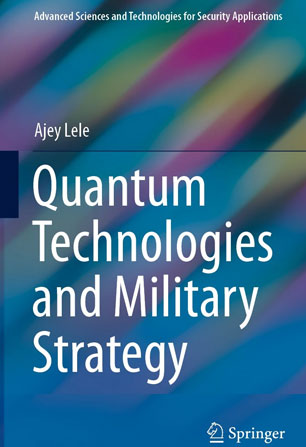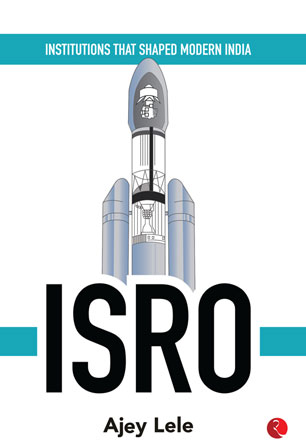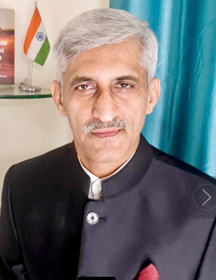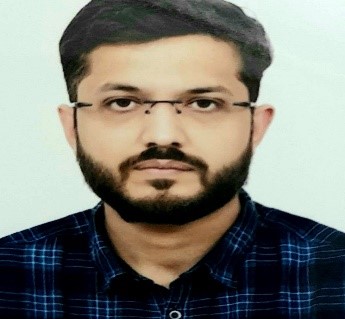Media takes off on TechSAR, but no takers
The Indian Space Research Organisation (ISRO) has strongly denied news reports that the launch of an Israeli spy satellite aboard the Polar Satellite Launch Vehicle (PSLV) has been delayed or even cancelled because of US pressure. The news reports, while speculative in nature, have certain inconsistencies that need to be contested. Foremost among these being there is a quid pro quo element by way of sharing of data; since the satellite is wholly Israeli owned and operated, ISRO is only providing a commercial service with no quid pro quo involved.
- Cherian Samuel
- December 07, 2007









